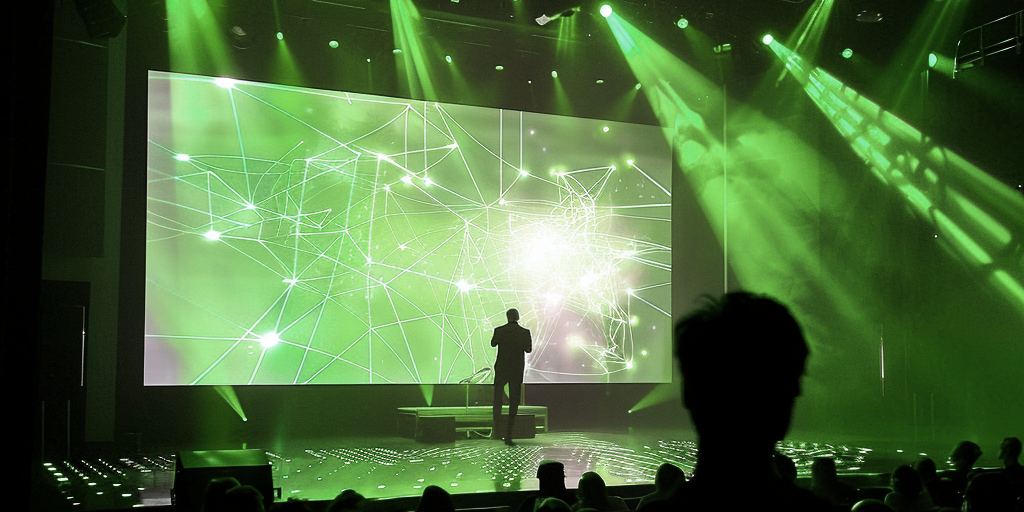Exploring the Marketing Overlaps and Distinctions in DeepTech and Agri-/FoodTech
As a marketer with extensive experience in both Agri-/FoodTech and DeepTech, we are frequently asked about the key similarities between these two industries. This question is understandable given that both sectors typically involve long development and sales cycles, often spanning several years. The complexity of the products, combined with patent applications and regulatory considerations, contributes to these extended timelines.
In this blog, we share our insights on marketing strategies for DeepTech and Agri-/FoodTech ventures. This information is particularly valuable for Founders, CMOs, CCOs, and other marketing professionals seeking to navigate these unique industries.
Comparing Marketing Strategies in DeepTech and Agri-/FoodTech
Marketing for DeepTech and Agri-/FoodTech shares several similarities due to their inherent characteristics as technology-driven and innovation-focused sectors. Here are the key similarities:
-
- Emphasis on Innovation and Technology:
- Both DeepTech and Agri-/FoodTech companies market cutting-edge technologies and innovative solutions. Their marketing strategies often highlight the advanced scientific and technological foundations of their products or services.
- Emphasis on Innovation and Technology:
- Educational Marketing:
- Due to the complex nature of their products, both industries require extensive educational marketing to explain their technology, benefits, and applications to a broader audience, including investors, consumers, and industry stakeholders.
- Targeting Niche Markets:
- Both industries often target niche markets with specialized needs. Their marketing efforts are typically aimed at a well-defined audience that understands and values the technological advancements being offered.
- Focus on Sustainability:
- Sustainability is a common theme in the marketing of both DeepTech and Agri-/FoodTech. These companies often highlight how their innovations contribute to sustainable practices, environmental conservation, and addressing global challenges such as climate change, food security, and resource efficiency.
- Regulatory Considerations:
- Both industries operate within highly regulated environments. Marketing strategies must navigate these regulations and often include assurances of compliance, safety, and efficacy to build trust with consumers and stakeholders.
- Long Sales Cycles:
- Due to the complexity and high value of their products, both industries typically experience long sales cycles. Marketing strategies need to be persistent and focus on building long-term relationships with customers and partners.
- Storytelling and Vision:
- Storytelling is crucial in both sectors to convey the vision and potential impact of the technology. Effective marketing often involves crafting compelling narratives that inspire and engage the audience.
- Scientific Credibility:
- Establishing scientific credibility is essential. Both sectors often leverage scientific research, partnerships with academic institutions, and endorsements from experts to validate their products and enhance their marketing efforts.
- Investment Attraction:
- Attracting investment is a key component of marketing for both sectors. Marketing materials often highlight growth potential, market opportunity, and technological superiority to appeal to venture capitalists, angel investors, and other funding sources.
- Interdisciplinary Collaboration:
- Both sectors benefit from interdisciplinary collaboration, which is often highlighted in marketing efforts. This includes partnerships with other tech companies, research institutions, and industry stakeholders to enhance innovation and market reach.
These similarities underscore the strategic approaches needed to effectively market DeepTech and Agri-/FoodTech innovations, focusing on educating the market, building credibility, and communicating the transformative potential of their technologies.
Then comes the question: how about the differences?
Marketing for DeepTech and Agri-/FoodTech indeed involves distinct approaches due to differences in their industries. Here are the biggest differences:
-
- Target Audience:
- DeepTech: Primarily targets tech-savvy and niche markets, including B2B clients, investors, and early adopters who are familiar with cutting-edge technologies.
- Agri-/FoodTech: Often targets a broader audience, including farmers, food producers, retailers, and consumers, focusing on practical applications and benefits of technology in agriculture and food production.
- Target Audience:
- Regulatory Environment:
- DeepTech: Typically deals with less stringent and more varied regulatory environments depending on the specific technology and its applications (e.g., AI, quantum computing).
- Agri-/FoodTech: Faces more rigorous and standardized regulations related to food safety, environmental impact, and agricultural practices.
- Value Proposition:
- DeepTech: Emphasises technological breakthroughs, innovation, and long-term potential, often focusing on how the technology disrupts or advances current capabilities.
- Agri-/FoodTech: Highlights immediate, practical benefits such as increased yield, cost efficiency, sustainability, and food quality improvements.
- Sales Cycle and Adoption:
- DeepTech: Often has a longer and more complex sales cycle due to high-cost investments and the need for extensive validation and integration.
- Agri-/FoodTech: Sales cycles can vary but often involve more straightforward adoption processes, especially when the technology directly impacts productivity or cost savings.
- Marketing Channels:
- DeepTech: Utilises specialised channels such as industry conferences, tech journals, webinars, and direct outreach to potential collaborators and investors.
- Agri-/FoodTech: Leverages broader channels including agricultural expos, trade shows, digital marketing, and partnerships with agricultural extension services.
- Messaging and Communication:
- DeepTech: Focuses on complex technical details, potential future impacts, and deep scientific research, often requiring sophisticated and highly technical communication.
- Agri-/FoodTech: Employs more straightforward messaging that emphasizes practical benefits, ease of use, and tangible results for agricultural producers and consumers.
- Customer Relationships:
- DeepTech: Builds long-term relationships with customers through ongoing collaboration, customisation, and continuous innovation.
- Agri-/FoodTech: Often focuses on building trust through demonstration of immediate benefits, reliability, and support services for product adoption and use.
- Innovation Pace:
- DeepTech: Innovation is rapid and can be highly disruptive, requiring constant updates and education for the market.
- Agri-/FoodTech: Innovation tends to be incremental, with a focus on improving existing processes and technologies in a sustainable manner.
In conclusion, while there are substantial similarities and differences between DeepTech and Agri-/FoodTech marketing, it’s important to recognise that there is no one-size-fits-all solution.
And that’s a good thing otherwise our lives as B2B Tech Marketers would be pretty boring!




